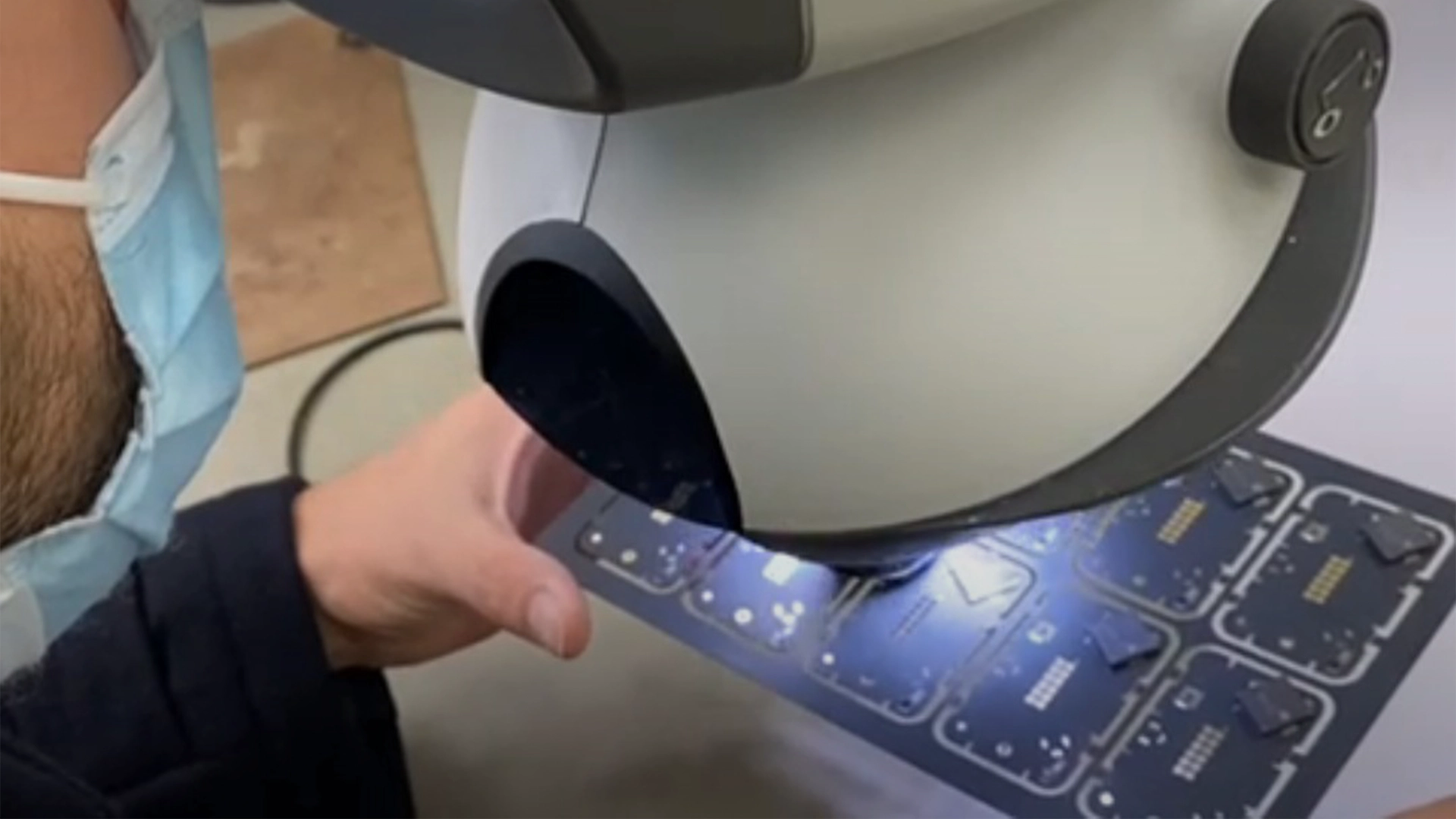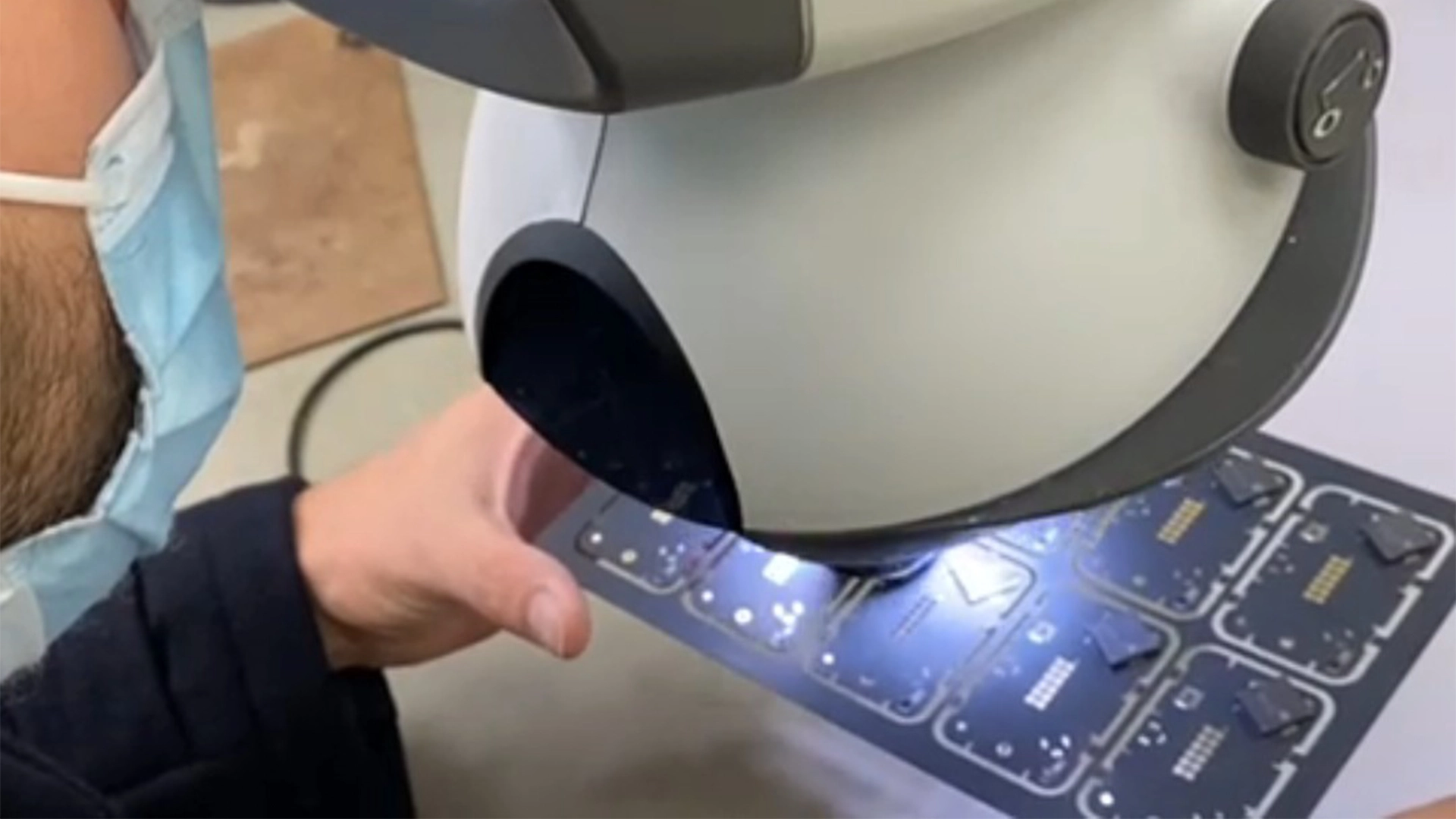Nowadays, printed circuit boards (PCBs) are being used for various medical devices, so their functionality must be perfect.
They have a main role in the performance of many products, and malfunctions can have serious consequences.
To be sure that your medical device quality standards are at the level that should be, you must inspect the PCBs of this product or device.
Inspecting PCBs include quality control of the design, manufacturing, and assembly processes.
As PCBs become more complex, with lots of new capabilities, but also with more chances for failures, there are various methods of PCB inspection used to ensure their quality.
Creating the right inspection and testing plan is crucial for ensuring a high-quality product.
So, if you want to know more about the quality control and inspection methods of your medical devices, this article is for you!
Why do PCB medical devices need to be inspected?
Inspection or Quality Control is an important step in any PCB production process.
Inspecting your PCBs can uncover any defects that may have occurred during manufacturing or assembly, and help you to identify any design flaws that may exist.
Checking PCBs after each phase of the process enables you to catch flaws before moving on to the next stage, saving money and time.
Also, in case of lack of or insufficient quality controls during the production and assembly process, defective products may slip through and reach the market with all potential risks connected like compromised patient safety as well as business risks like potential claims and costly recall actions.
In addition as a side effect of such unfortunate events, clients will lose the trust they had in the brand of your company, possibly affecting negatively also the sales of other products of the same brand, even if those other products are flawless.
Because of these reasons, PCB inspection is crucial for ensuring high quality and can contribute to the continuous improvement of your business.
The 3 most common PCB inspection methods
There are many different methods to inspect or control the quality of PCBs for your medical device.
The right technique to use depends on the PCB type, the current step in the production process, and the faults for which you want to test.
Here is an overview of the 3 most common methods and techniques for PCB assembly inspection.
1. Visual inspection
The electronics quality control (QC) process often includes a visual (human) product inspection.
Visual inspection means that before the complete assembly, every PCB is examined visually, often using a microscope due to the miniaturization.
That includes inspecting wires, solder paste, post reflow, and components placement.
When inspecting PCBs microscopes allow you to zoom in on the board to check quality or to detect mistakes or defects and consequently change the electronics production setup as necessary to prevent the reoccurrence of such errors.
2. Automated optical inspection
This kind of PCB inspection is done by a machine that conducts a visual inspection, called automated optical inspection (AOI).
This system performs an inspection using several cameras and light sources. The last ones light up the PCB from different angles, while the cameras take images or videos in order to have a complete image of the board.
The picture is compared with the board design specifications or with a validated board. The comparison highlights defects such as nodules, scratches, open circuits, solder thinning, and missing components, enabling the system to eliminate non-conform parts from the production line.
This is a system of control Creanova applies after the process of SMT assembly.
3. Functional Testing
Functional testing is one of the inspection methods that can be implemented at the end of the PCB manufacturing line as well as during the subsequent assembly process as an in-line or final test of the assembled medical device.
A functional test is a great way to verify the full conformity of the PCB since it provides feedback the PCB is actually working correctly. Also, it is an important toll gate to assure that the PCBs released to the assembly process are good which can save a lot of time and money later on.
This kind of testing gives a high level of confidence the PCB’s flowing through to assembly are free from defects, on the other hand, this imposes simulating the operating environment which takes time and also brings more costs with it.
Conclusion
Quality Control of your PCB is of vital importance to ensure your assembled medical device consistently meets all requirements.
As you can see, there are different PCB inspection methods, every one having its pros and cons.
Creanova’s facility in Serbia (certified ISO13485) has extensive expertise in medical device contract manufacturing, including PCB manufacturing with all necessary kinds of inspection methods to ensure the required quality is met while ensuring speed and cost competitiveness. Therefore we can help define which is the most suitable quality control method or a combination thereof, to apply throughout the contract manufacturing process of your medical device.
Would you like more information about our PCB manufacturing and contract manufacturing services please, CONTACT US.

